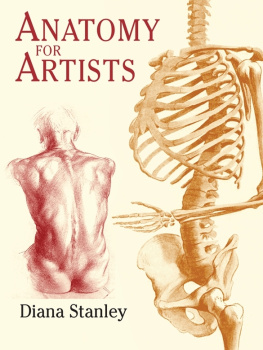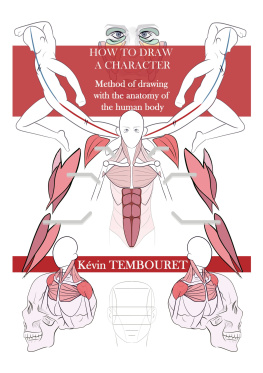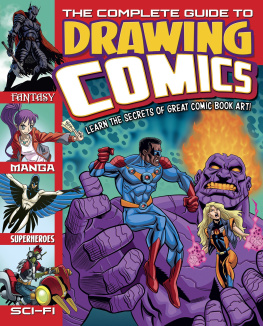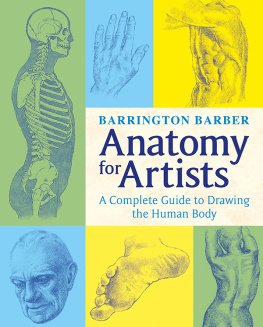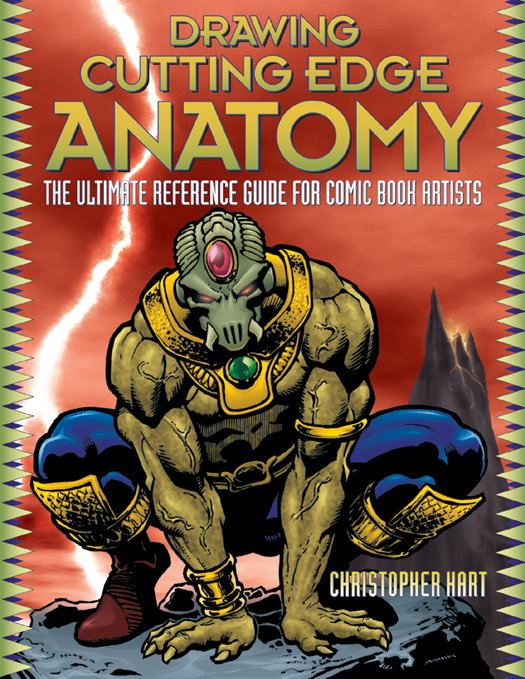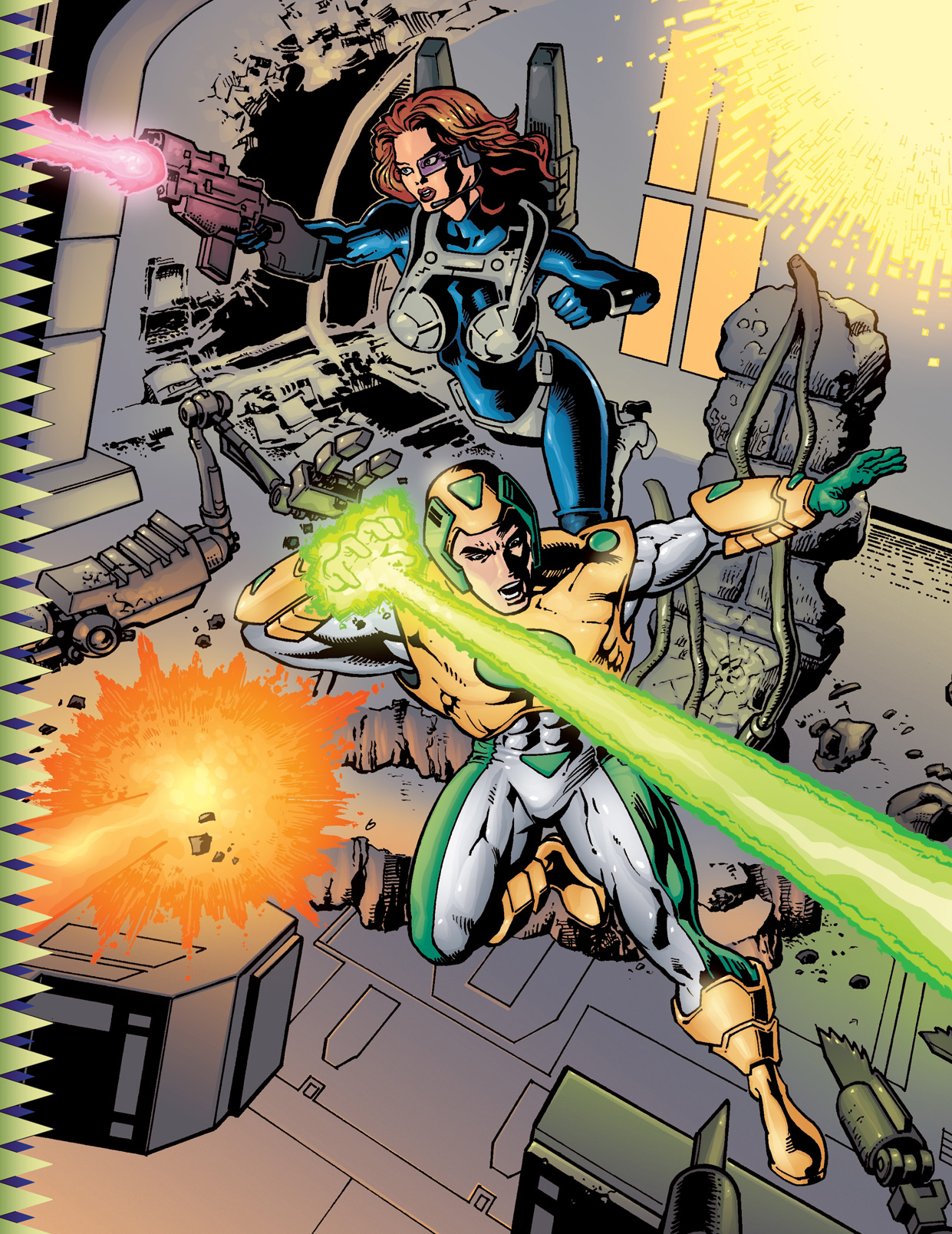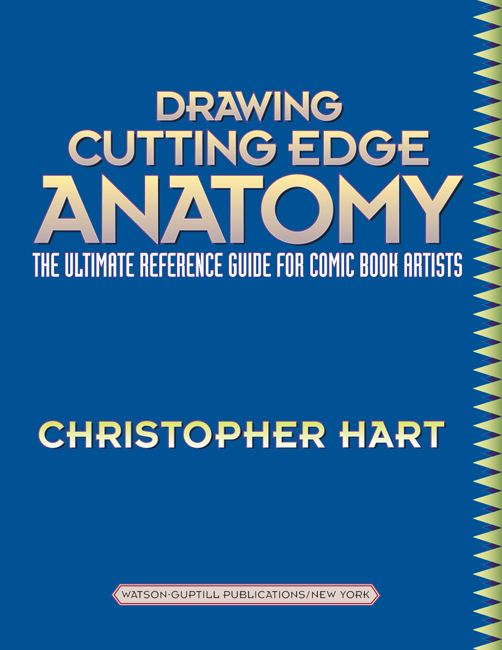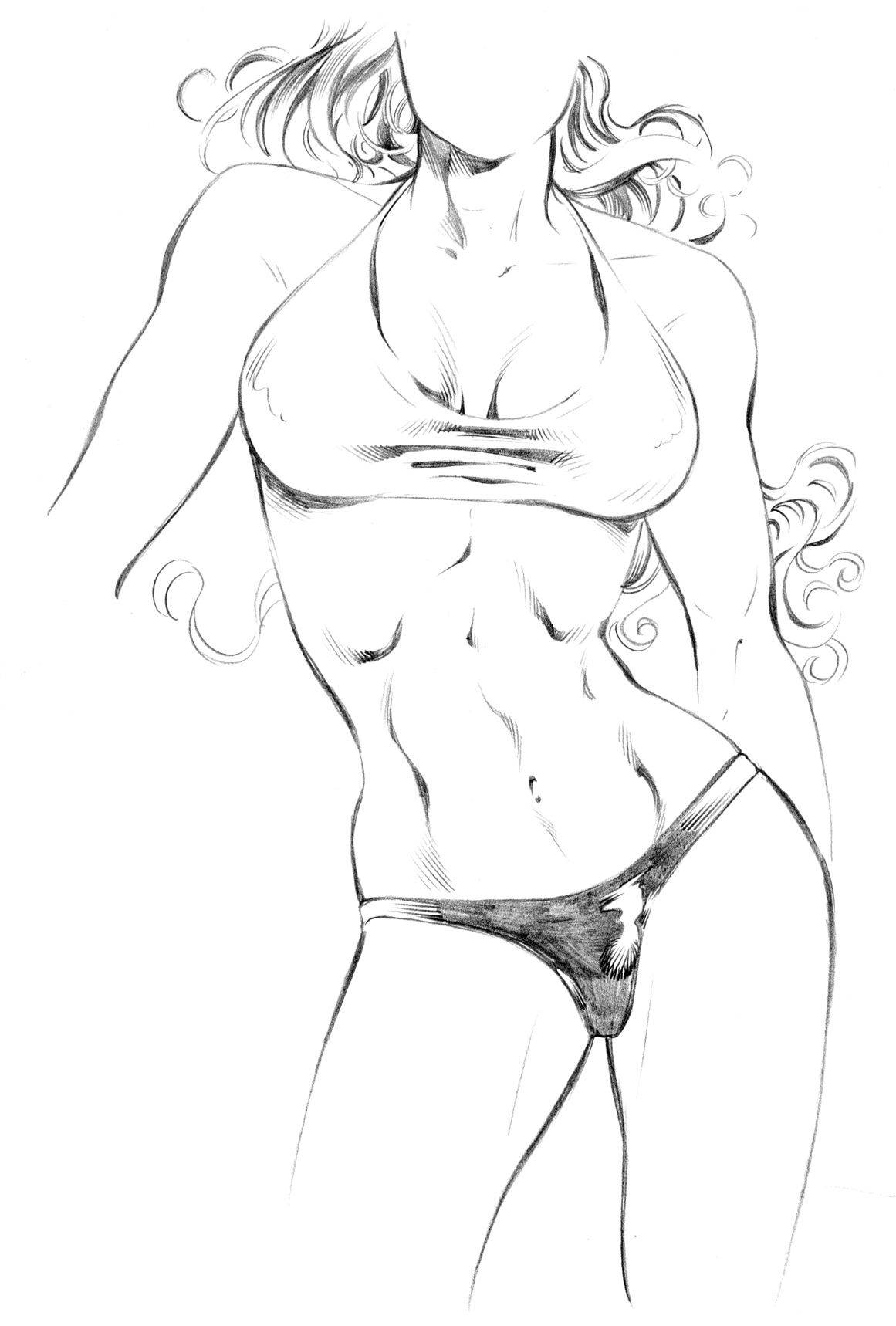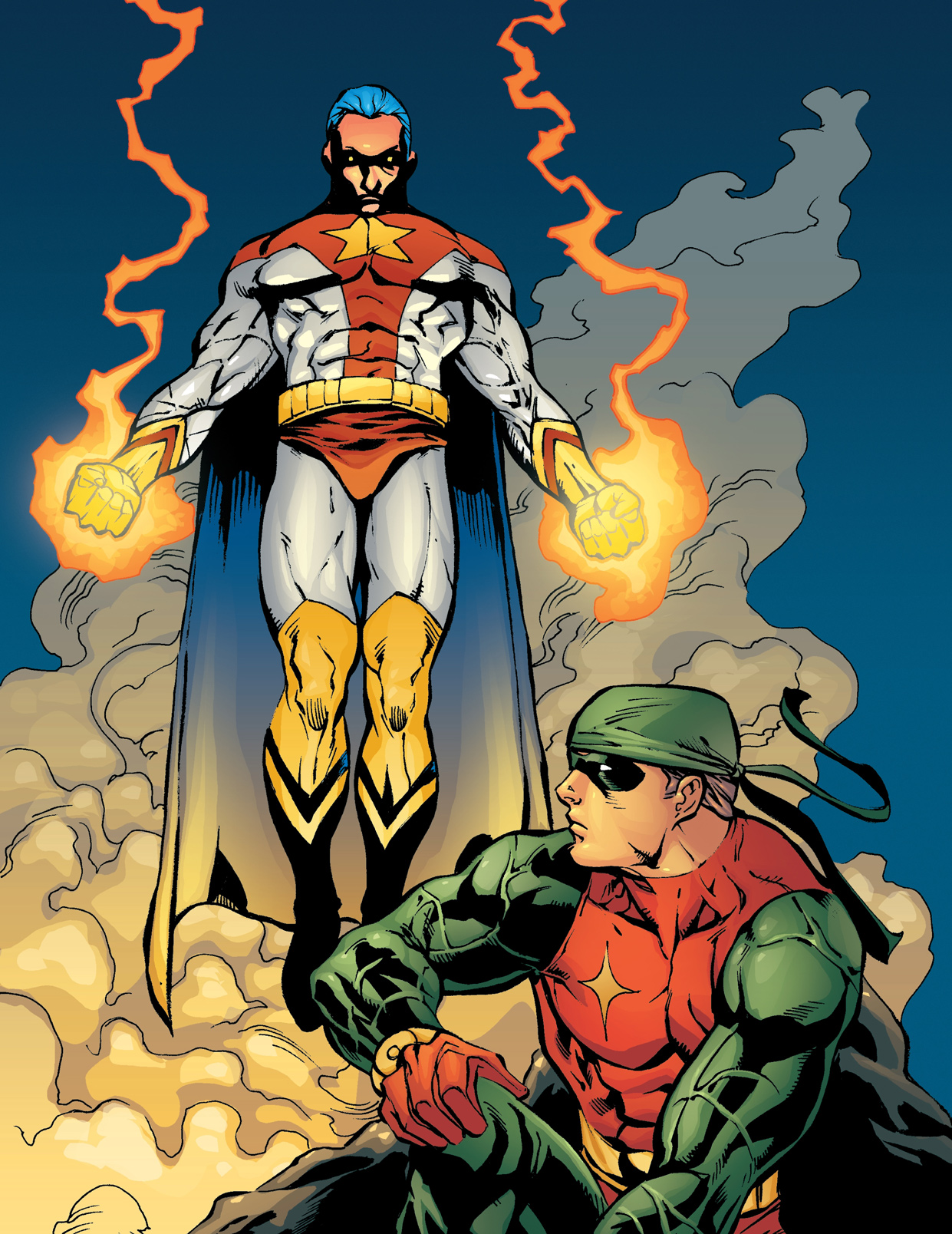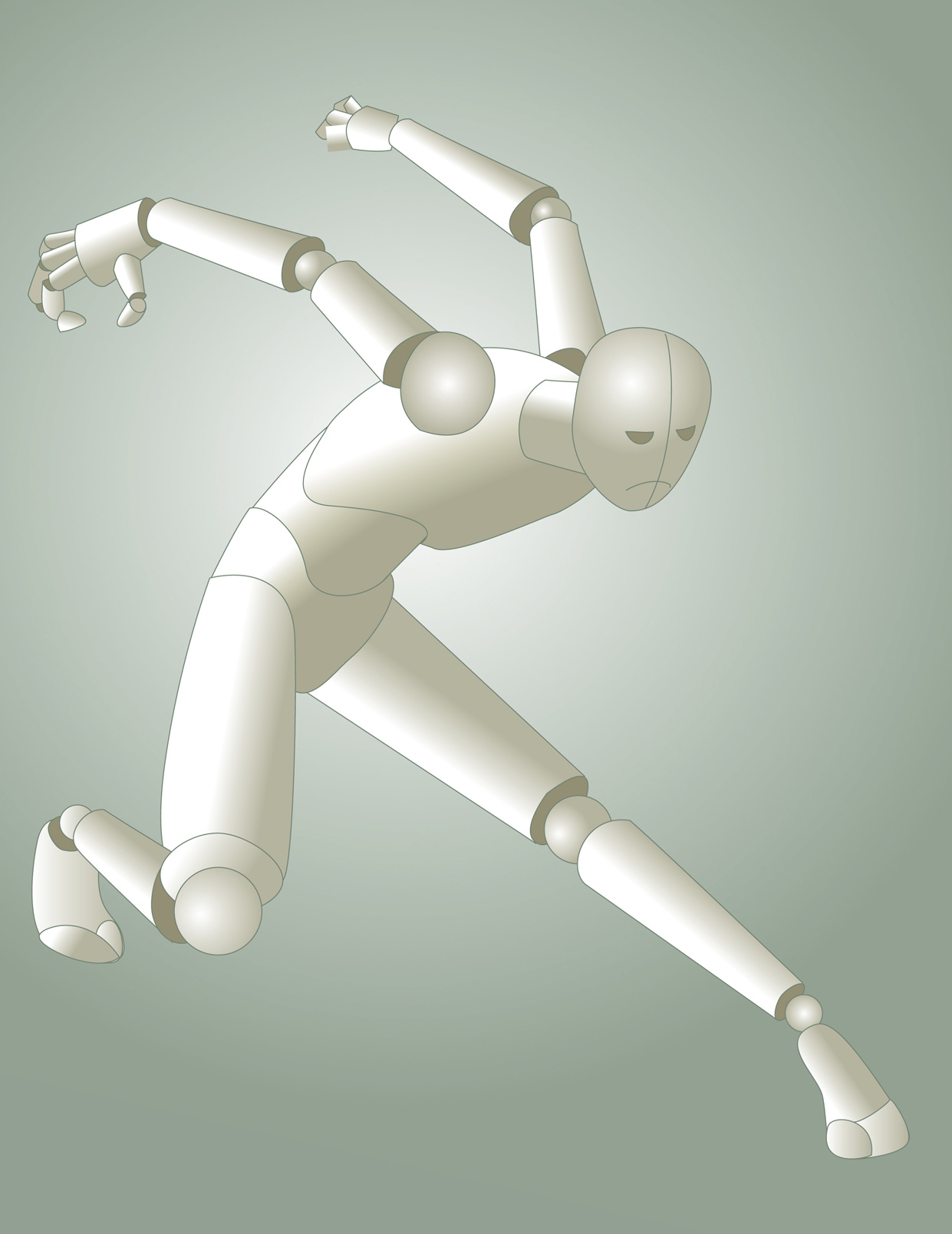Christopher Hart - Drawing Cutting Edge Anatomy: The Ultimate Reference Guide for Comic Book Artists
Here you can read online Christopher Hart - Drawing Cutting Edge Anatomy: The Ultimate Reference Guide for Comic Book Artists full text of the book (entire story) in english for free. Download pdf and epub, get meaning, cover and reviews about this ebook. year: 2004, publisher: Watson-Guptill Publications, genre: Romance novel. Description of the work, (preface) as well as reviews are available. Best literature library LitArk.com created for fans of good reading and offers a wide selection of genres:
Romance novel
Science fiction
Adventure
Detective
Science
History
Home and family
Prose
Art
Politics
Computer
Non-fiction
Religion
Business
Children
Humor
Choose a favorite category and find really read worthwhile books. Enjoy immersion in the world of imagination, feel the emotions of the characters or learn something new for yourself, make an fascinating discovery.

- Book:Drawing Cutting Edge Anatomy: The Ultimate Reference Guide for Comic Book Artists
- Author:
- Publisher:Watson-Guptill Publications
- Genre:
- Year:2004
- Rating:4 / 5
- Favourites:Add to favourites
- Your mark:
Drawing Cutting Edge Anatomy: The Ultimate Reference Guide for Comic Book Artists: summary, description and annotation
We offer to read an annotation, description, summary or preface (depends on what the author of the book "Drawing Cutting Edge Anatomy: The Ultimate Reference Guide for Comic Book Artists" wrote himself). If you haven't found the necessary information about the book — write in the comments, we will try to find it.
The follow-up title to the hit title Drawing Cutting Edge Comics, which has been translated into seven languages, this drawing tutorial shows artists how to draw the exaggerated musculature of super-sized figures in action poses. The guesswork is taken out of figuring out which muscles show through to the surface and how muscles appear through clothing. This instructional manual even gives both the Latin and the common terms for particular body parts such as scapula/shoulder blade. Hart covers all aspects of extreme anatomy. The book opens by providing detailed diagrams of all of the various muscle groups, including chest, back, shoulder, arm, and leg muscles. Then he covers many of the various extreme comic book types including good guy, bad guy, insane guy, punk, genius, and brute for men; and the heroine, bad gal, trashy gal, seductress, fighter babe, and cyber chick for women. As an added bonus, this book closes with two invaluable sections to all aspiring comic book artists. One provides a roadmap of all the steps an artist must take if he or she is going to get started in the comic book business, and advice on how the comic book business works. The second section features interviews with people from two of the most significant companies in the world of comics, Marvel Comics and Dark Horse Comics.
Christopher Hart: author's other books
Who wrote Drawing Cutting Edge Anatomy: The Ultimate Reference Guide for Comic Book Artists? Find out the surname, the name of the author of the book and a list of all author's works by series.

